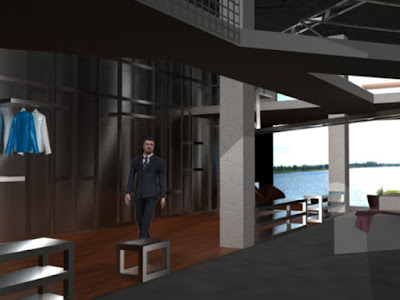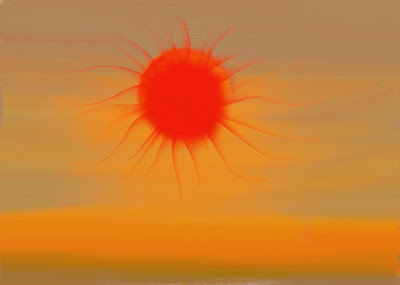Before starting to light an interior scene, I decided to go through some artists and painters who examined the concept of shadow and light. I checked Michalangelo Caravaggio's work (while he was exploring chiaroscuro), where he highly contrasted areas of light and shadows.
How the work was done:
I started by overriding the material with a white one then started the lighting process. My light source was the sun coming from the window. I used Skyportal (mr. Sun and mr. Sky. mySkyportal put on the window).
To test the lighting , I saved the final gather map and loaded each time so that the render takes less time. Photometric lights (with added .ies files) are located at the roof. I used an average of 3000 Kelvin intensity (warm), to indicate that’s the scene is captured during almost an afternoon. When the sun’s down.
For the materials, I textured most of the models with Arch & Design.
Some snapshots of the work:
Test renders:














































